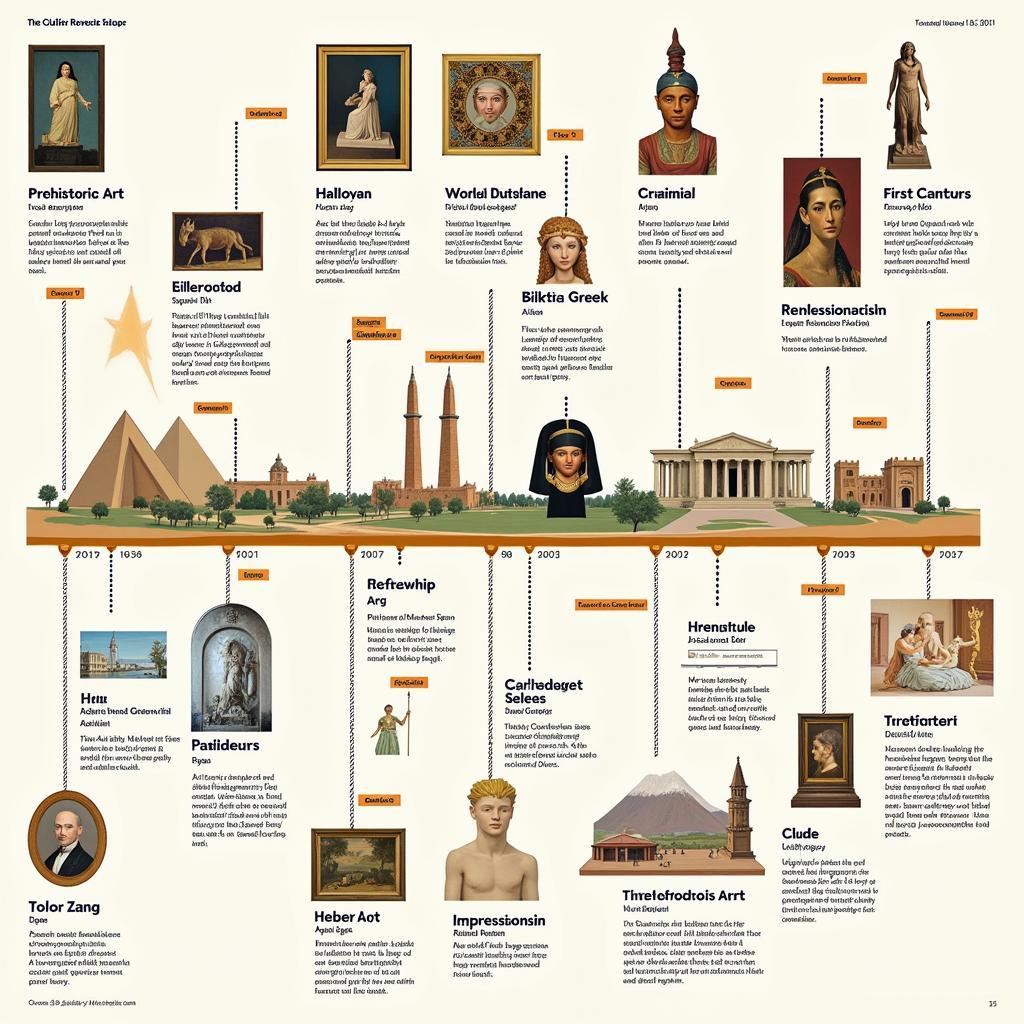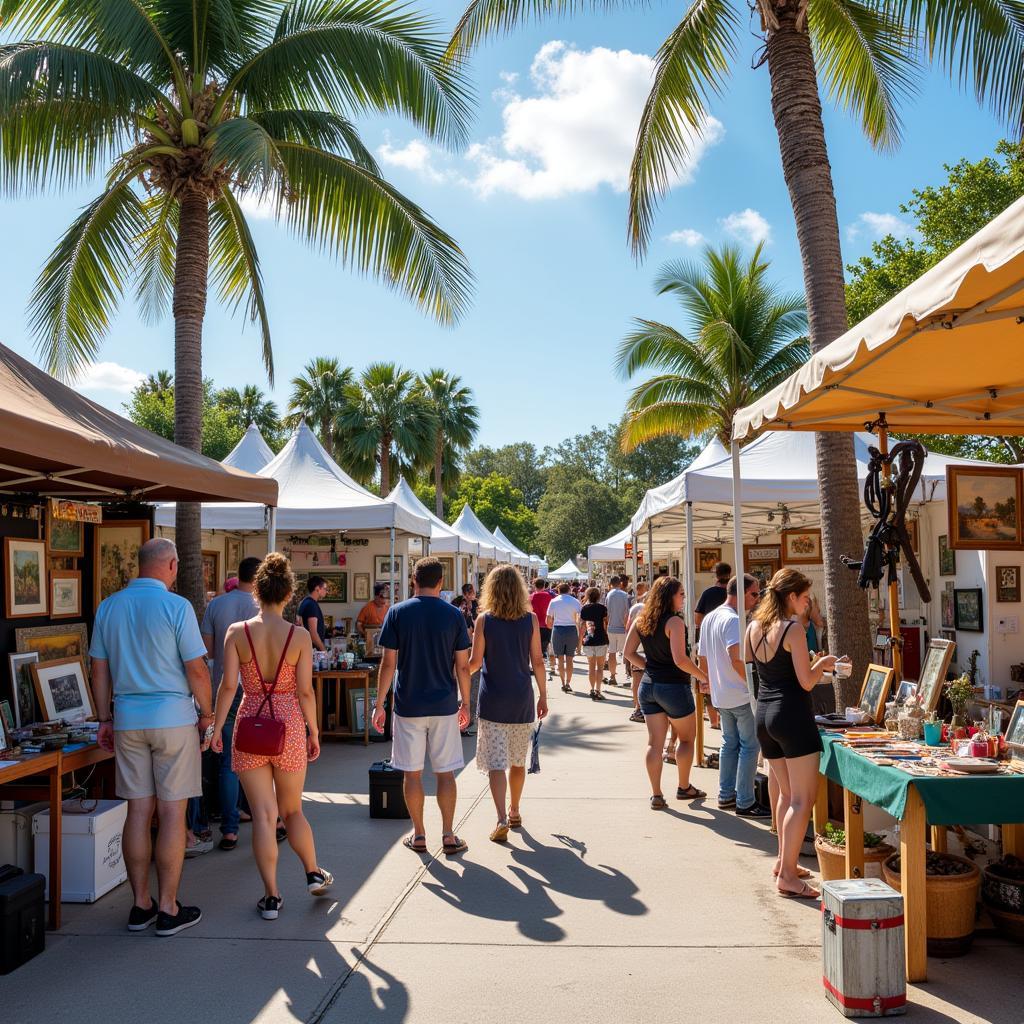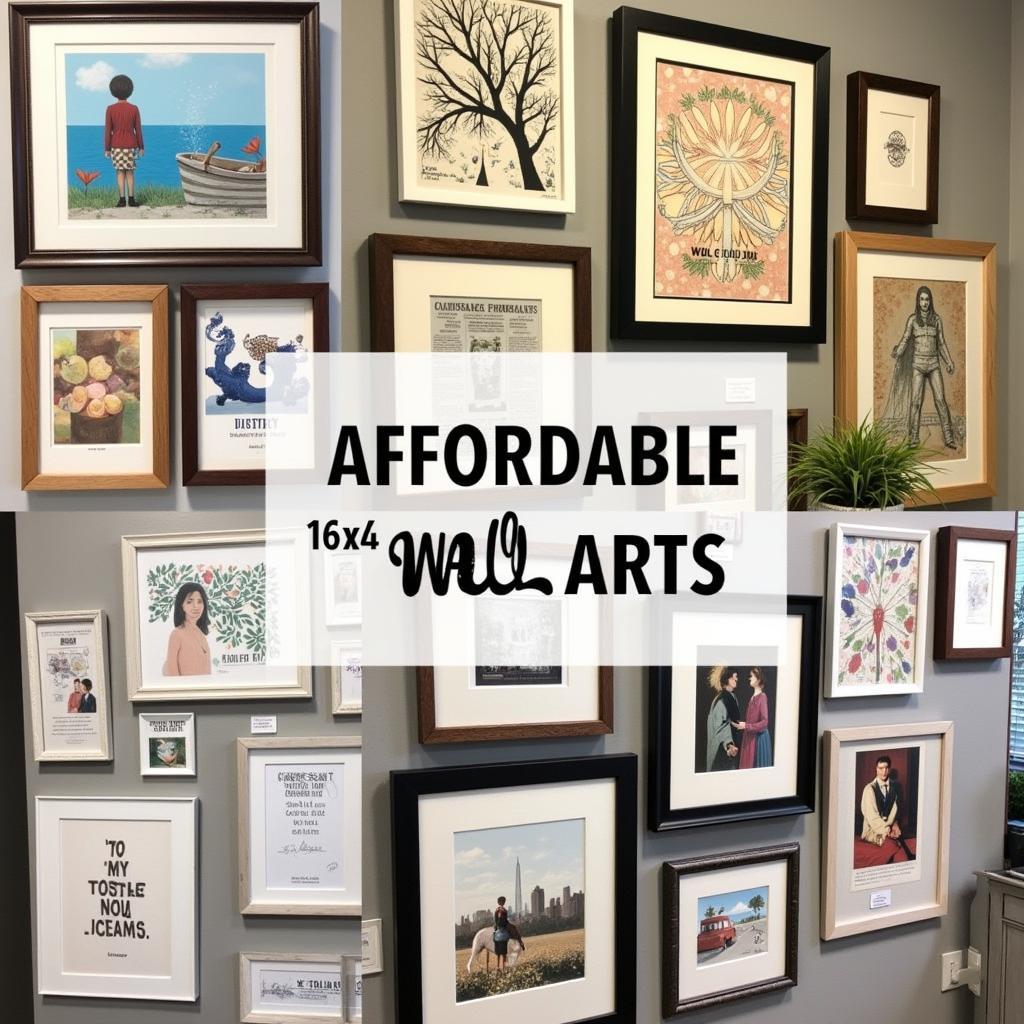Unveiling the Spirit of the Arctic: Inuit Animal Art
Inuit Animal Art, a powerful expression of cultural heritage and a profound connection with the Arctic landscape, captures the very essence of life in the North. These intricate carvings, prints, and sculptures aren’t mere depictions of animals; they are narratives of survival, reverence, and the deep spiritual bond between humans and the natural world. Let’s explore the fascinating world of Inuit animal art and uncover the stories etched within.
 Inuit Sculpture of a Polar Bear
Inuit Sculpture of a Polar Bear
Decoding the Symbolism in Inuit Animal Art
The animals depicted in Inuit art are not chosen randomly. Each creature holds symbolic weight, representing specific qualities, spirits, or narratives crucial to Inuit culture. The bear, for example, often symbolizes strength and resilience, while the owl signifies wisdom and foresight. Inuit art animals often depict caribou, seals, whales, and birds, each carrying their own unique significance in the Inuit worldview. Understanding this symbolic language is key to appreciating the depth and complexity of these artistic creations.
What animals are typically depicted in Inuit art? Common subjects include polar bears, seals, whales, caribou, birds, and wolves, each holding specific cultural and spiritual meaning.
Materials and Techniques: A Legacy of Resourcefulness
Traditional Inuit art relies on readily available materials found in the harsh Arctic environment. Stone, bone, antler, and ivory are skillfully transformed into sculptures and carvings, showcasing remarkable adaptability and creativity. Traditional nigerian art also demonstrates a resourceful use of local materials, though in a drastically different environment. More recent artistic practices incorporate modern materials and techniques, including printmaking and drawing, further broadening the expressive possibilities of Inuit art.
The Evolution of Inuit Animal Art: From Ancient Traditions to Modern Expressions
Inuit animal art has a rich history, evolving over centuries alongside the changing Arctic landscape and cultural influences. Early forms of Inuit art served both practical and spiritual purposes, with carvings of animals used as tools, amulets, and objects of ritual significance. Today, Inuit artists continue to draw inspiration from their heritage, while also exploring contemporary themes and experimenting with new mediums. Mexican pottery art similarly reflects a blend of ancient traditions and modern interpretations, showcasing the enduring power of cultural heritage in artistic expression.
How has Inuit art changed over time? While traditional materials and themes remain important, contemporary Inuit artists have embraced new mediums and explore modern issues, ensuring the art form continues to evolve and resonate.
“Inuit art isn’t just about aesthetics; it’s about storytelling, passing down knowledge, and connecting with the spirit world,” observes Dr. Anya Petrova, a renowned anthropologist specializing in Inuit culture. “Every piece holds a piece of history, a whisper of tradition, a testament to the enduring power of human creativity.”
Inuit Art and the Global Stage: Sharing a Cultural Narrative
Inuit animal art has garnered international recognition, captivating audiences worldwide with its unique aesthetic and profound cultural significance. Wildlife wall art often draws inspiration from the same animal subjects prevalent in Inuit art, highlighting the universal fascination with the natural world. The increasing visibility of Inuit art on the global stage provides valuable opportunities for cultural exchange and fosters a deeper understanding of the Arctic and its peoples.
“The market for Inuit art has grown significantly, offering artists new platforms to share their work and preserve their cultural heritage,” notes art curator James Thompson. “It’s essential that this growth is managed ethically, ensuring that artists receive fair compensation and that their artistic traditions are respected.”
Preserving a Legacy: The Future of Inuit Animal Art
The future of Inuit animal art lies in balancing tradition with innovation. Cheyenne tribe art also grapples with similar challenges of preserving cultural heritage in a changing world. Supporting Inuit artists, promoting ethical practices within the art market, and fostering educational initiatives are vital for ensuring that this rich cultural legacy continues to thrive for generations to come. Inuit animal art stands as a testament to the resilience, creativity, and deep connection between humanity and the natural world, reminding us of the importance of respecting and preserving diverse cultural expressions.
Inuit animal art encapsulates the spirit of the Arctic, weaving together stories of survival, reverence, and the profound relationship between humans and the natural world. By understanding the symbolism, appreciating the artistry, and supporting the artists, we contribute to the preservation of this invaluable cultural treasure.
FAQ
- What is the significance of animals in Inuit art?
- What materials are traditionally used in Inuit art?
- How can I identify authentic Inuit art?
- Where can I purchase Inuit art ethically?
- How is Inuit art being preserved for future generations?
- What are some common themes depicted in Inuit animal art?
- Are there any contemporary Inuit artists I should know about?
For further exploration, consider researching specific Inuit artists and their works, learning about the history of Inuit art, or exploring the cultural significance of different animal representations. You might also be interested in learning more about Inuit art animals.
When you need assistance, please contact Phone Number: 02462573573, Email: danteum@gmail.com or visit our address: Savico Megamall, 7-9 Đ. Nguyễn Văn Linh, Gia Thụy, Long Biên, Hà Nội 10000, Việt Nam. We have a 24/7 customer support team.




